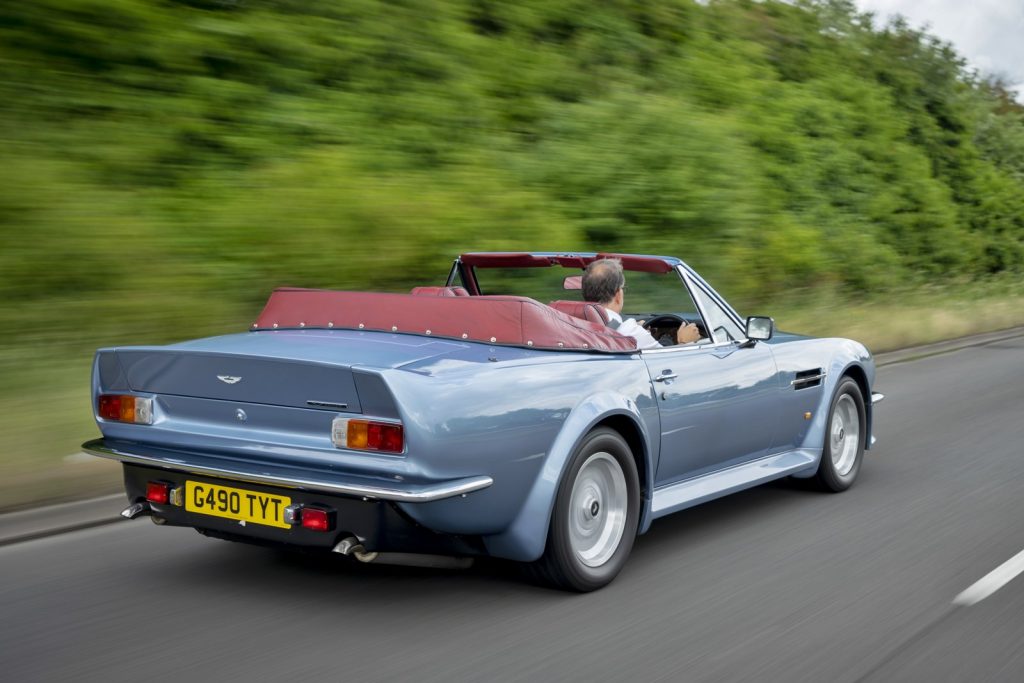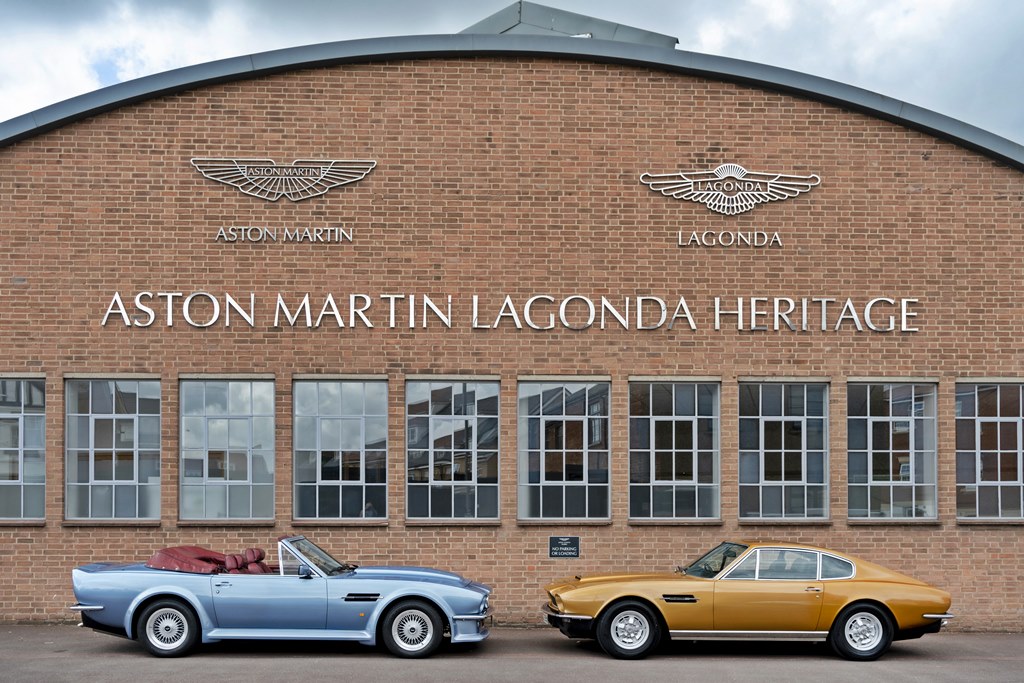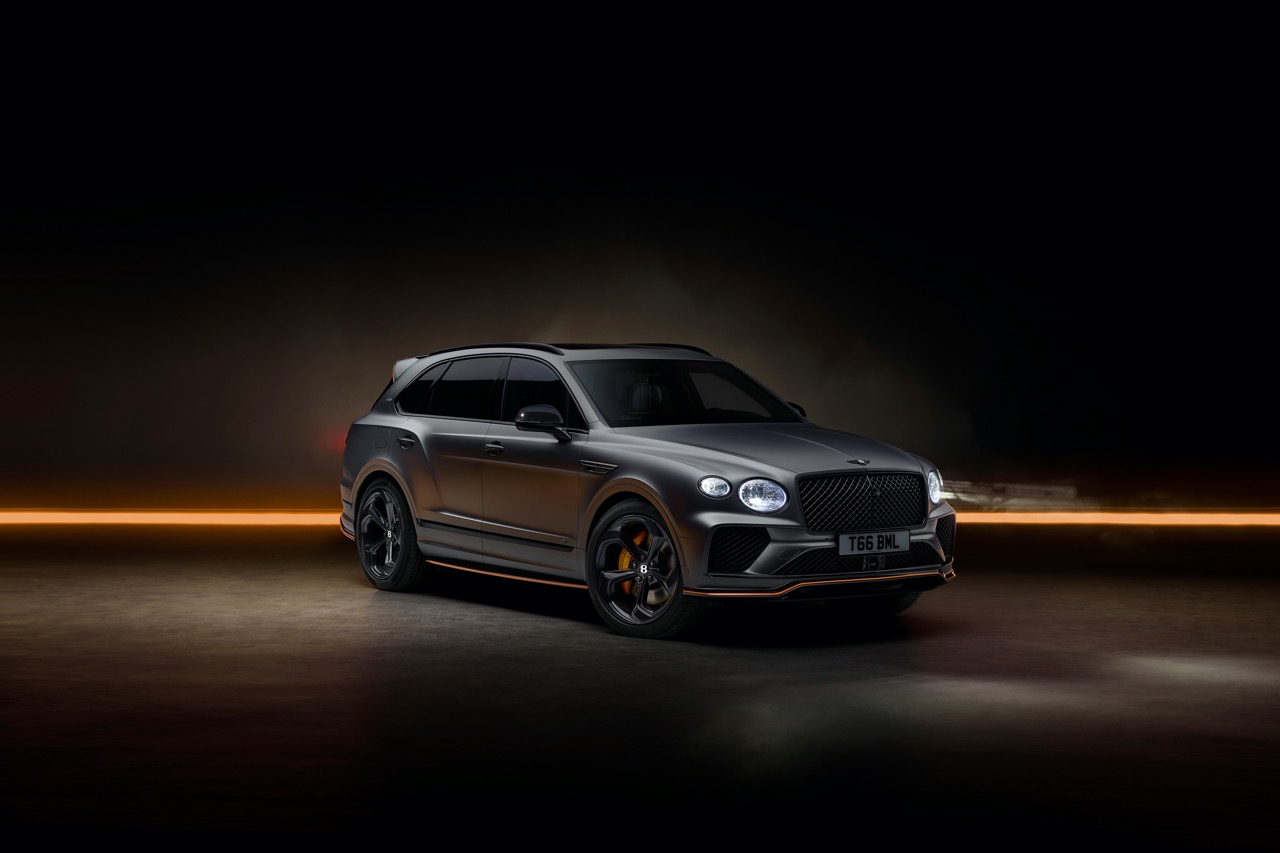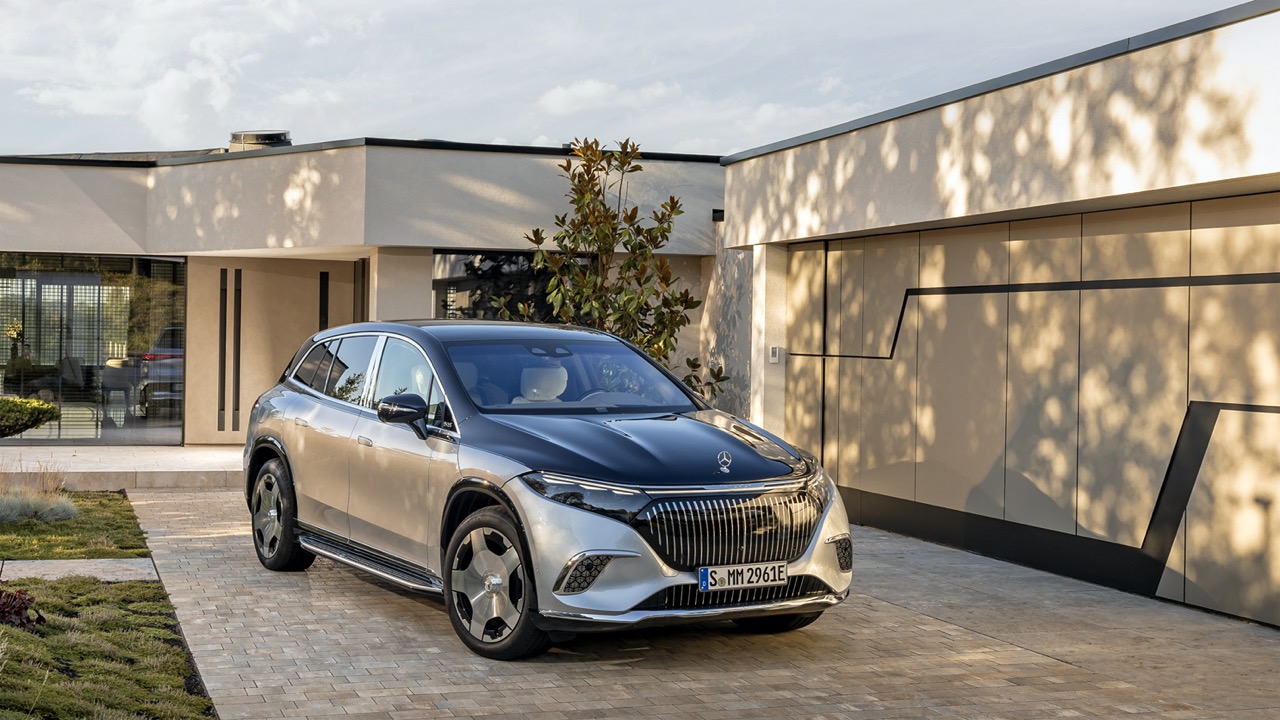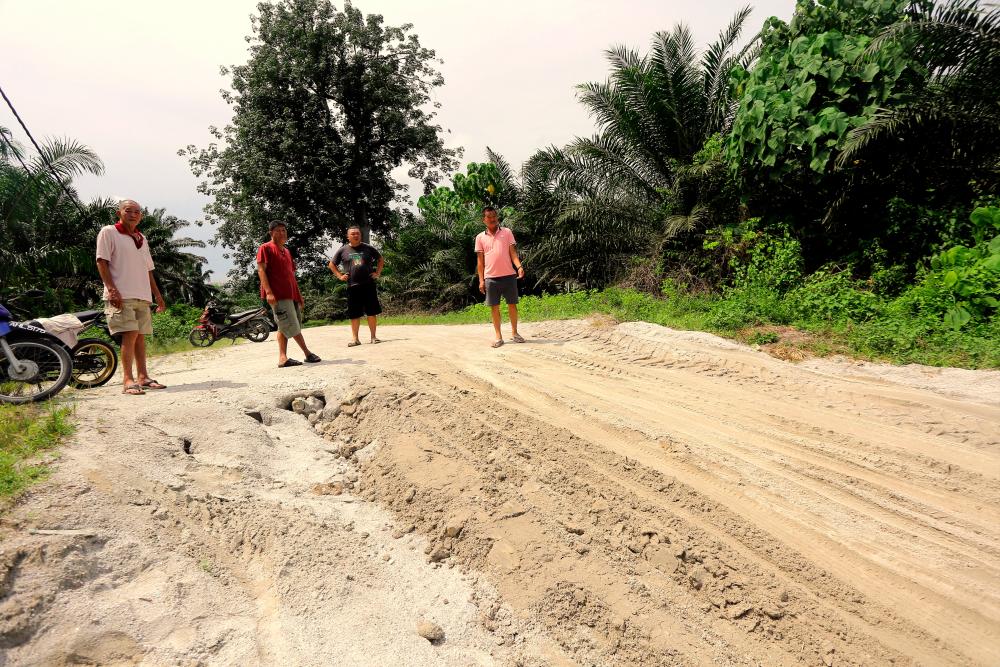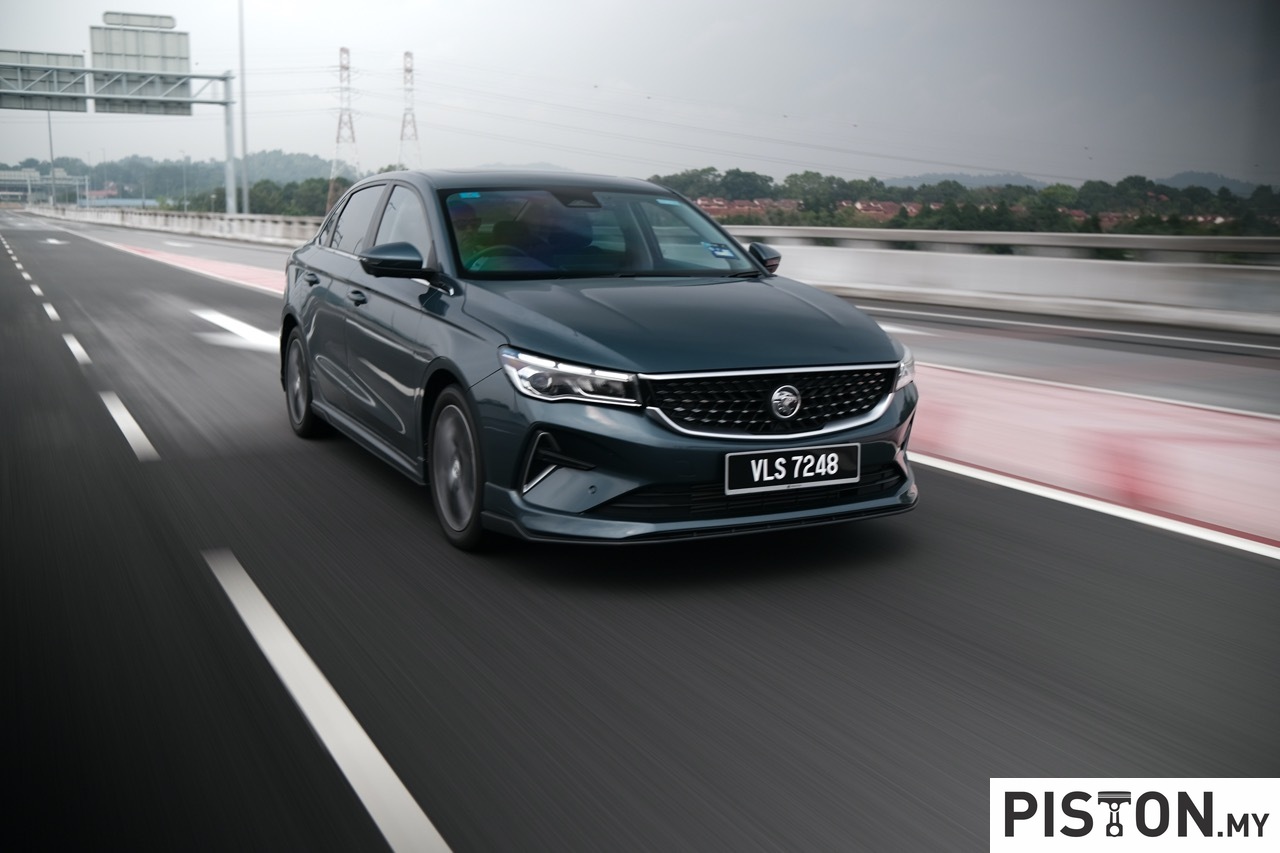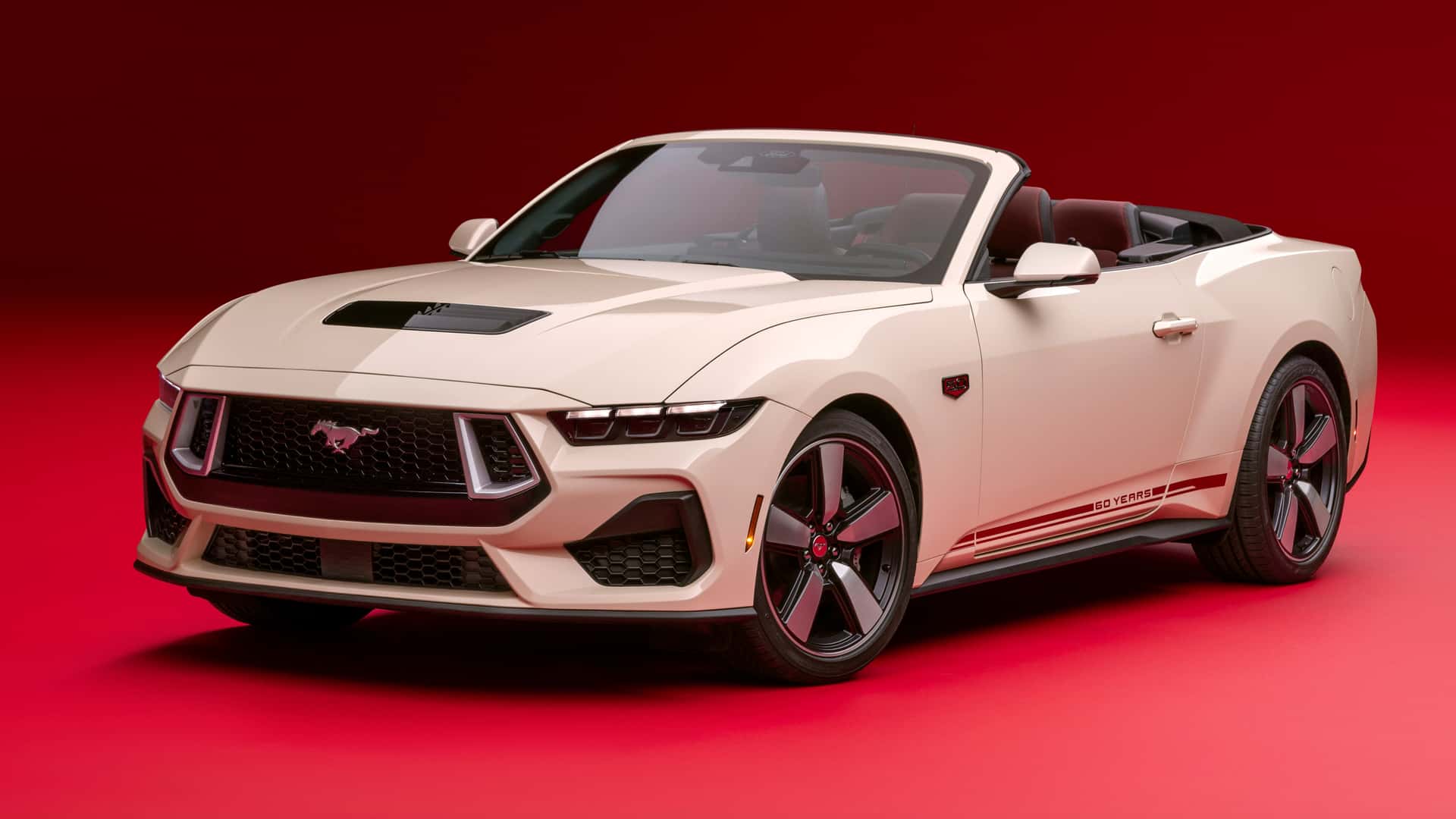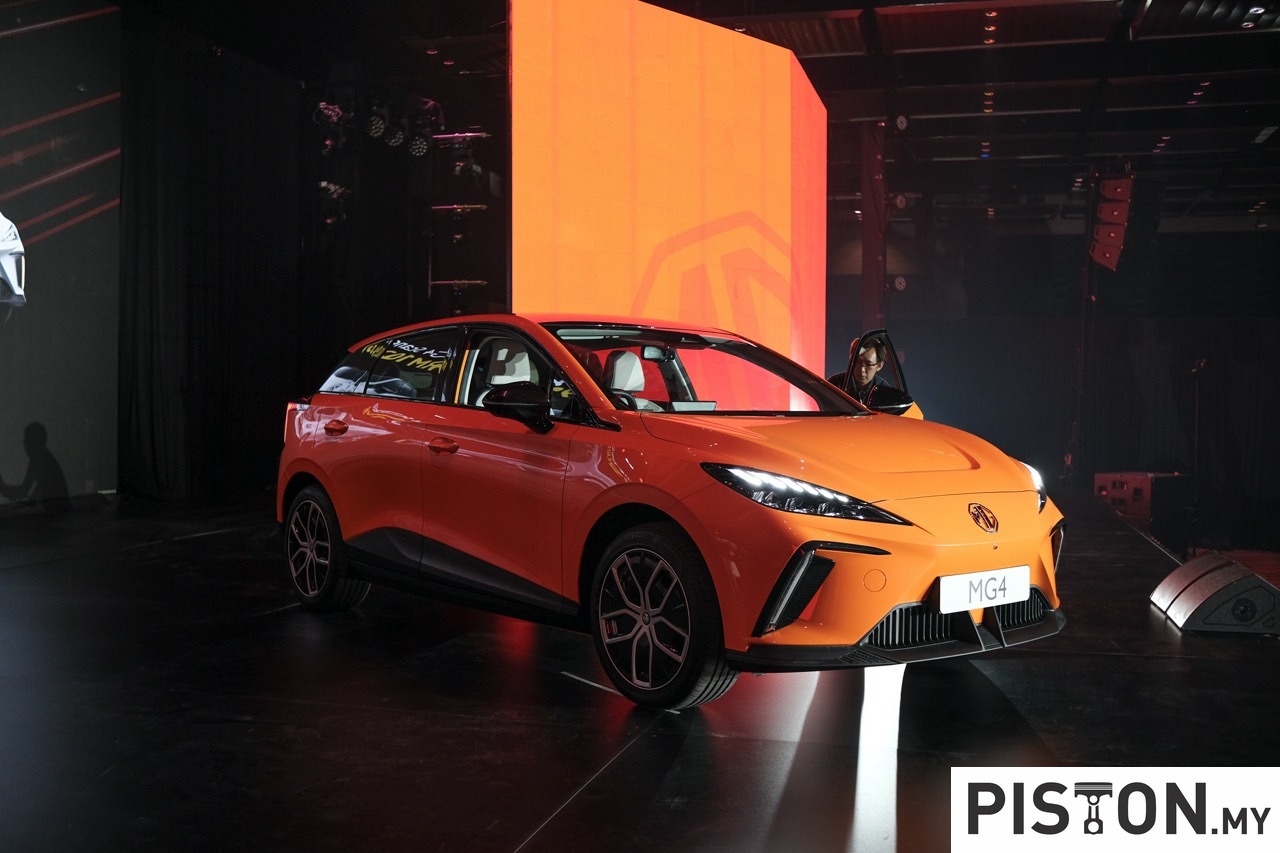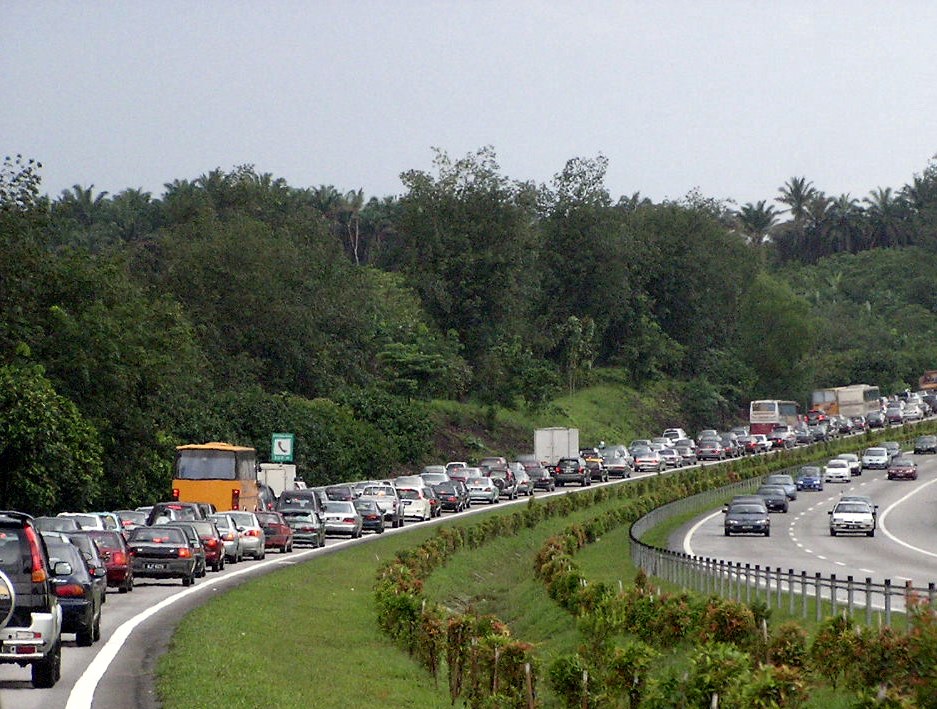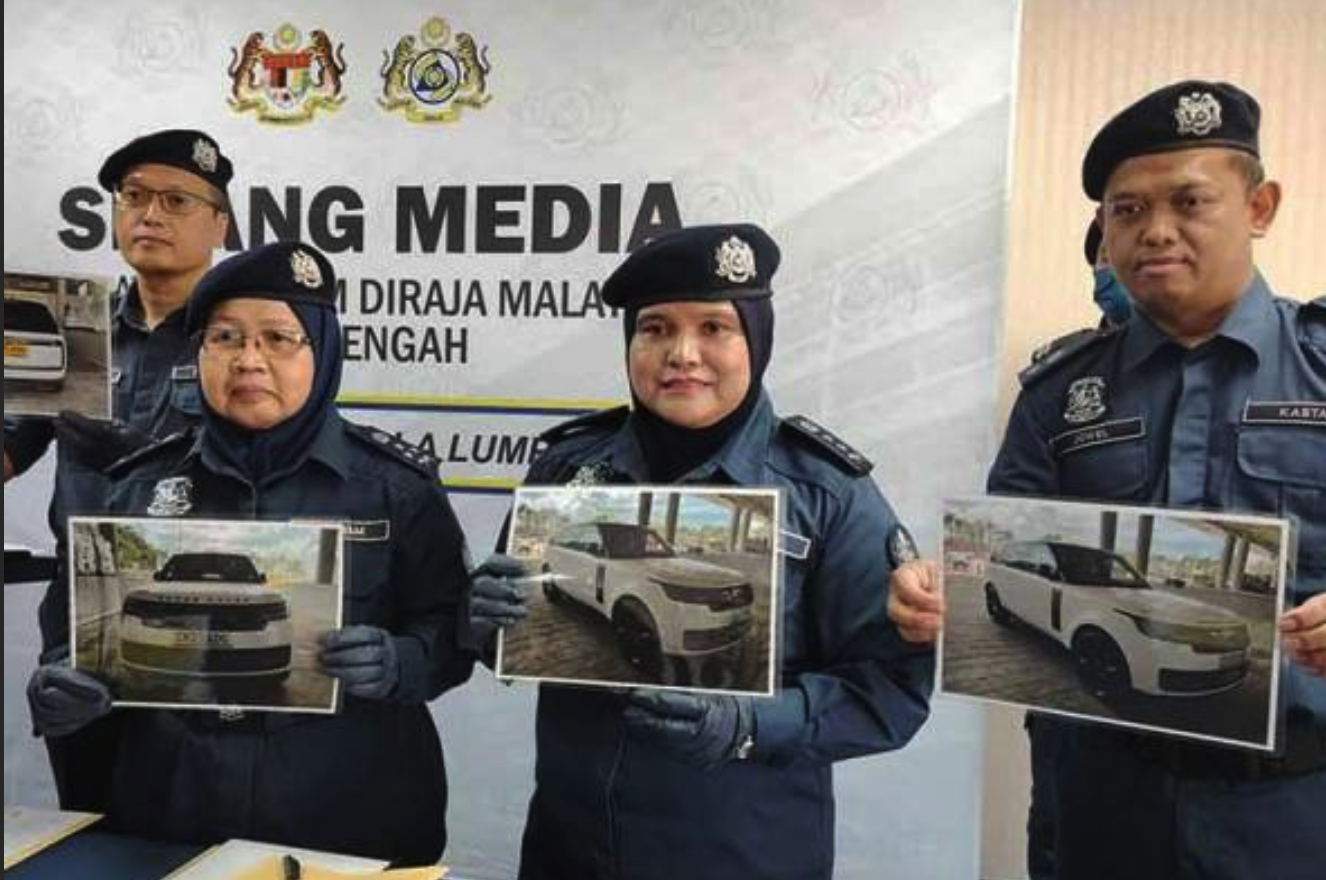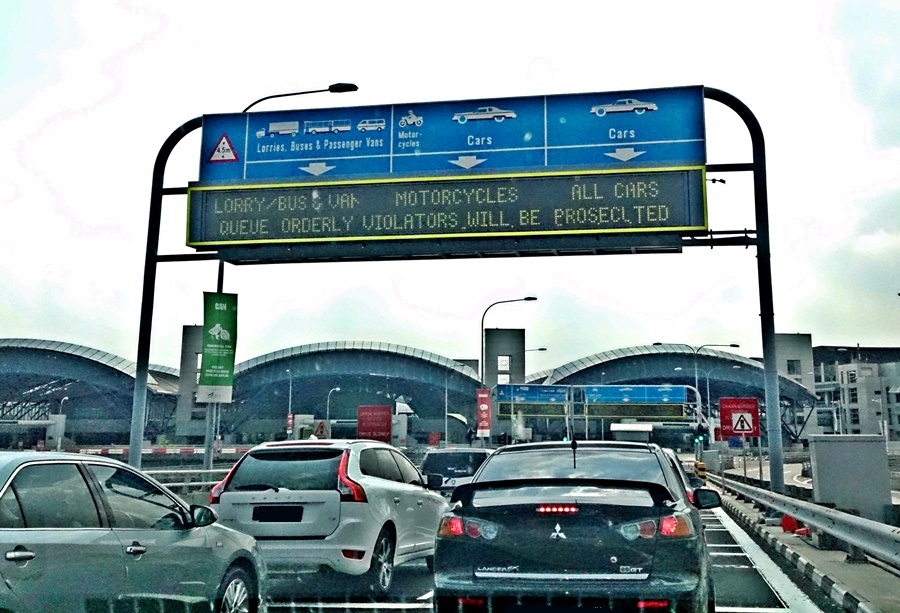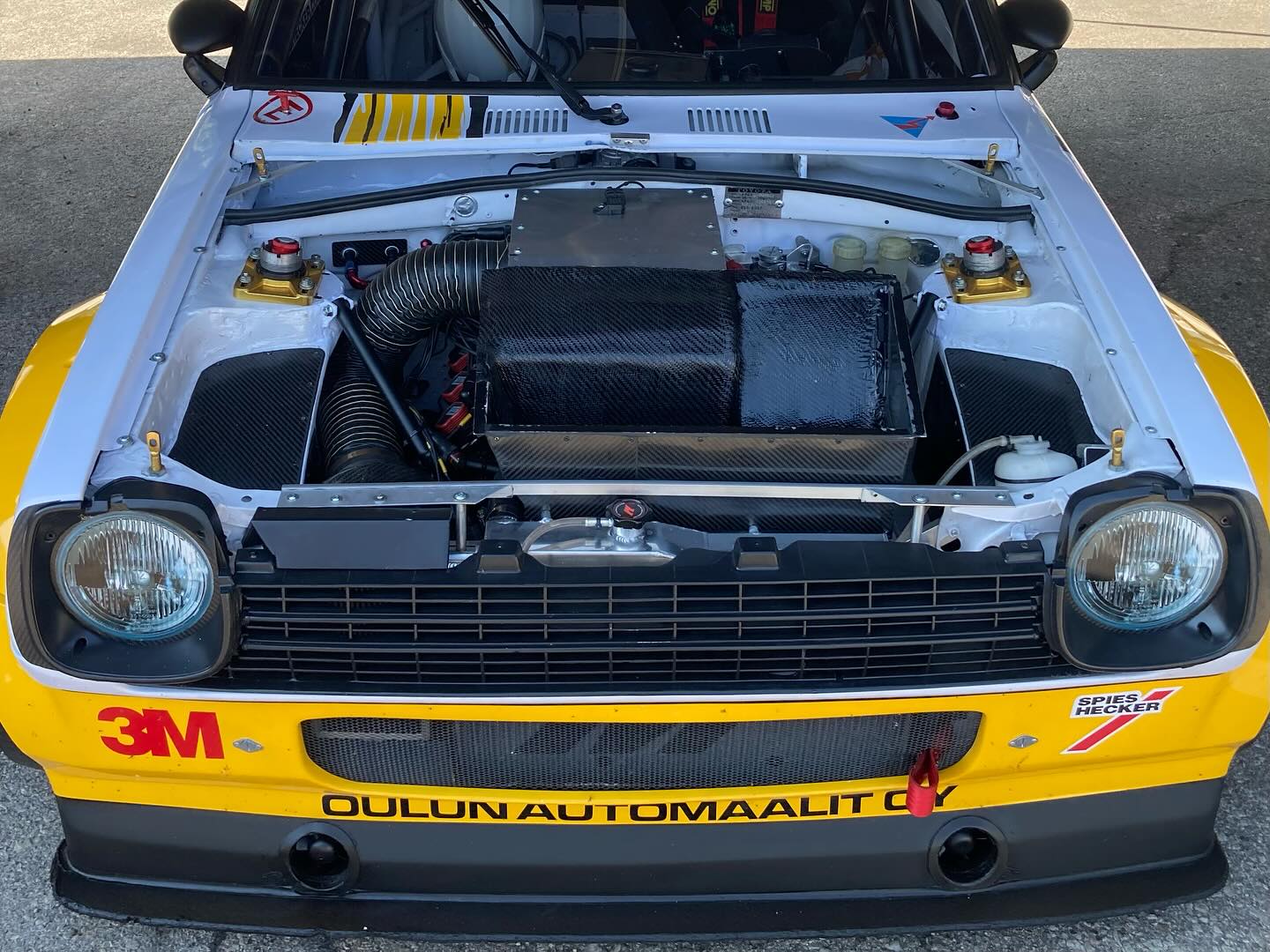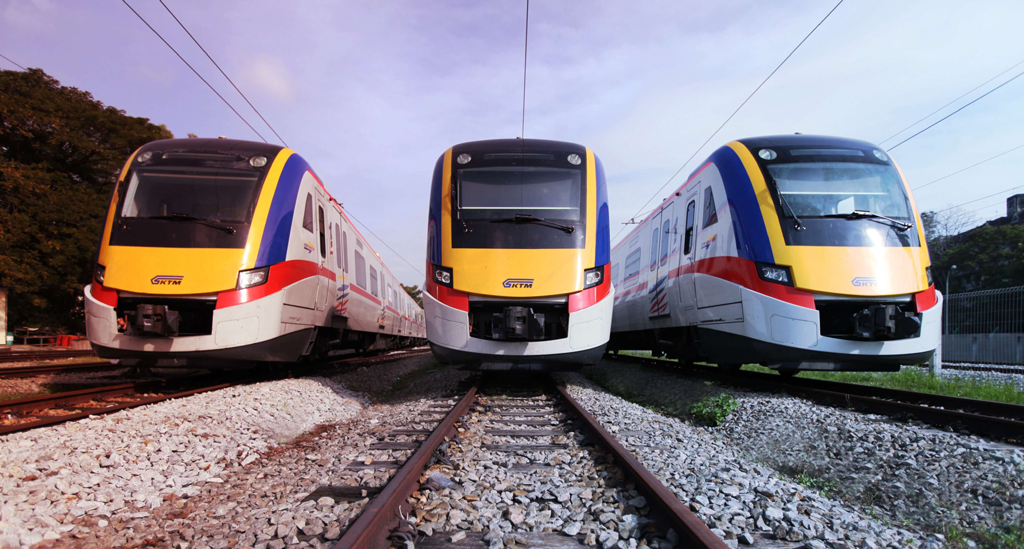In the early 1970s, Aston Martin was undergoing significant change as Sir David Brown sold it to a Company Developments Ltd. The change of ownership brought with it new optimism for the company’s future, but the engineering and design ethos of the David Brown era was also retained. This enabled the birth of the AM V8 as a successor to the DBS V8.
The DBS V8 had championed the use of Aston Martin’s first V8, which was the first new engine for more than 10 years, so the AM V8 was essentially a styling exercise. In place of the angular nose of the DBS was a more curvaceous, purposeful front end which gave a much more muscular look. Key to that new nose was the arrival of two 7-inch quartz iodine headlamps and a black mesh grille.
The return of a small open ‘power bulge’ on the bonnet; the ‘Coke-bottle’ flanks; and the use of Aston Martin V8 side strake badges completed the exterior styling revisions. That this same William Towns’ shape, in essence, would represent the Aston Martin ‘look’ for almost 2 decades shows the importance of its debut in 1972.
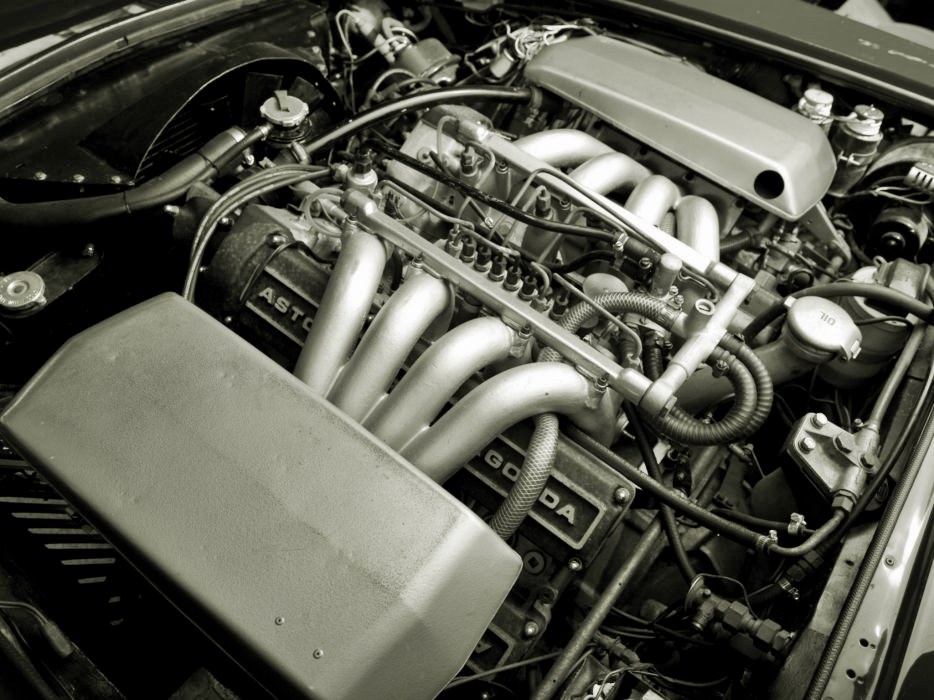
This first version of the 5.3-litre engined AM V8 retained the Bosch fuel injection system from the DBS V8, and while power and torque figures were not commonly quoted, it is believed that these cars were good for as much as 320 bhp, with around 490 Nm of torque. Mated to a ZF 5-speed manual gearbox or optional Chrysler Torqueflite 3-speed automatic, the early 1970s sportscar took around 6 seconds to go from standing still to 100 km/h and on to a top speed of about 260 km/h.
As was often the case in Aston Martin history, production numbers of these early cars were incredibly small by today’s standards. A mere 289 cars were built between April 1972 and July 1973. They were succeeded by cars with less complex Weber carburetion, the later cars also featuring larger bonnet scoops.
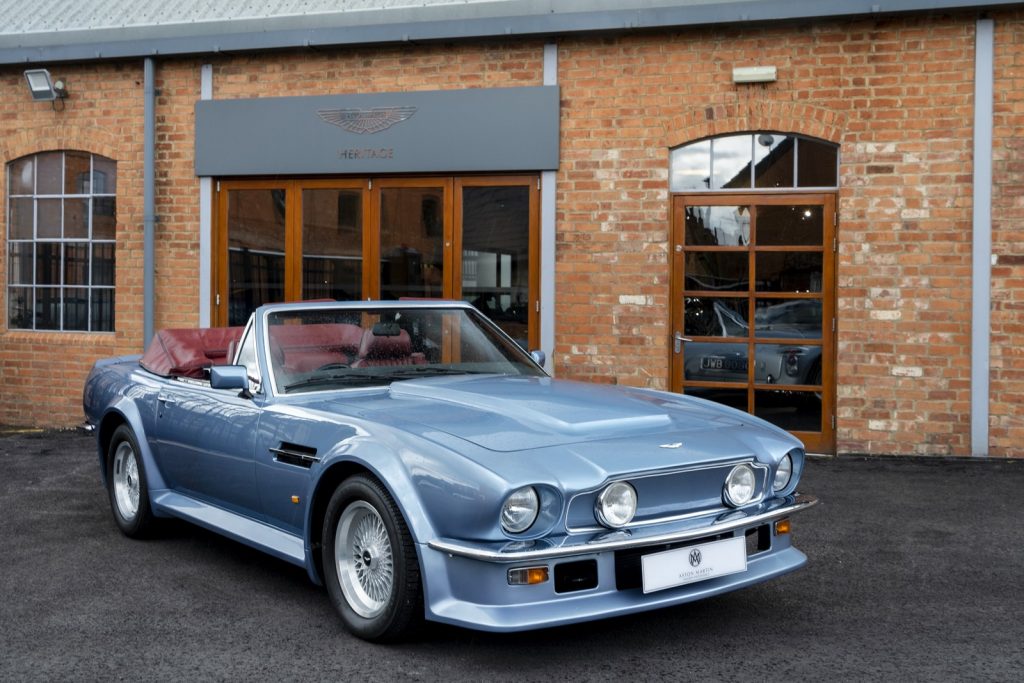
Numerous updated versions followed over the years, with the arrival of Volante in June 1978 for those seeking open top motoring. What united the cars, though, aside from their style, performance and exclusivity, was their luxury. The finest Connolly hides, sumptuous Wilton carpeting and, from the arrival of the ‘Oscar India’ cars, the use of burr walnut dashboard trim, were among the many features that defined these cars as luxury models.
Naturally enough, AM V8 saloons also had a proud club racing history and cars were entered by enthusiast owners in the UK as well as other countries.
The V8 Vantage
No AM V8 retrospective would be complete without reference to the original V8 Vantage. It was hailed at its 1977 introduction as ‘Britain’s first supercar’. It could outrun a Ferrari Daytona in the 0 -100 km/h sprint and, if pushed to the limit, it could record a top speed of 274 km/h. Critical to the huge performance leap of this Vantage was a significant upgrade to the V8 engine.
The carburettors were changed to the larger 48 IDF Weber which were fitted to revised inlet manifolds. Together with larger valves, revised exhaust manifolds, revised camshafts and a higher compression ratio, the engines were capable of 380 bhp. At the time, though, and with typical British modesty, the power output was described by Aston Martin simply as ‘adequate’.
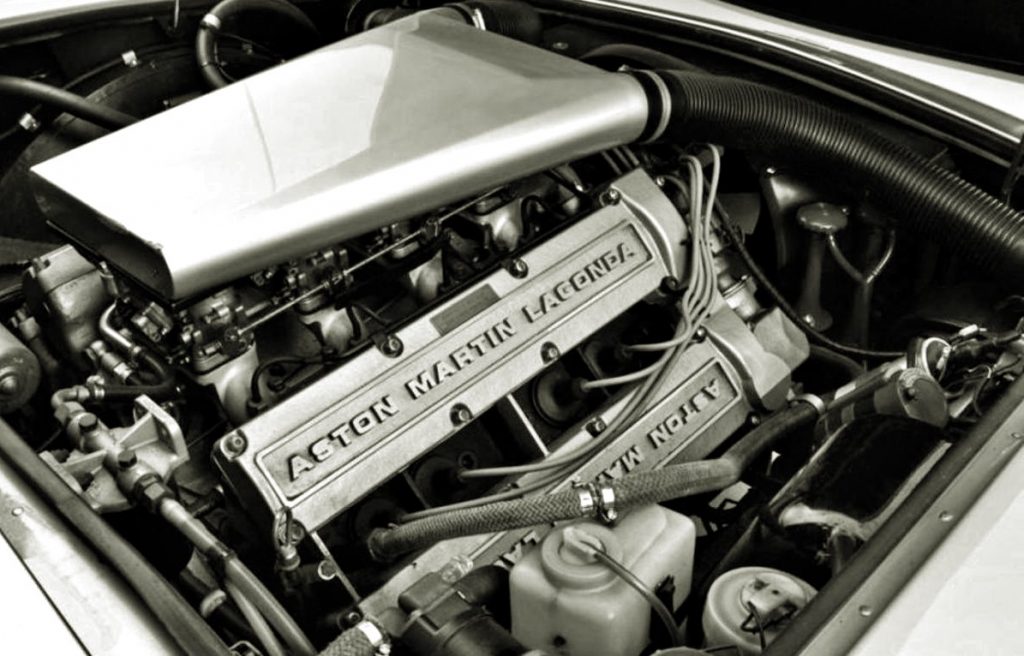
The chassis was stiffened with adjustable Koni dampers, shortened springs and a larger front anti-roll bar. Wider 255/60 VR15 Pirelli CN12 tyres were fitted together with spacers to widen the track. The external modifications were clear, and aerodynamic in nature. The aim was to reduce lift at high speeds and a boot lid spoiler was added at the rear to generate downforce.
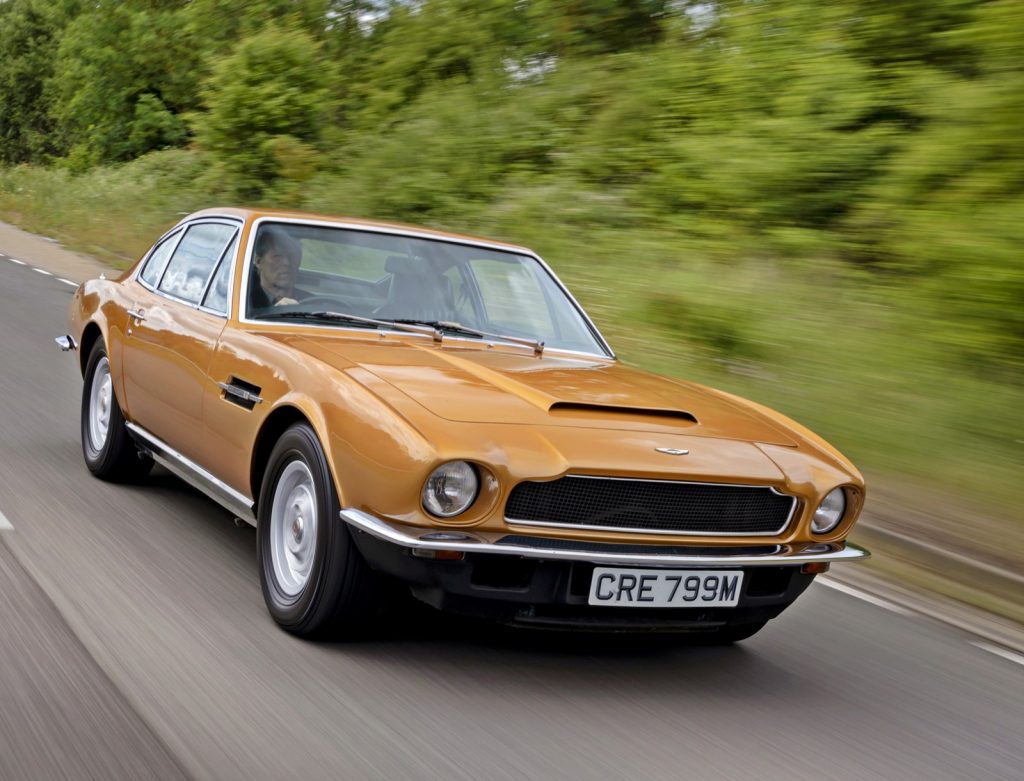
Reunited with James Bond
Towards the end of its reign, the AM V8 saloon, and corresponding V8 Volante, played another important part in Aston Martin history by reuniting the marque with its most famous ‘owner’ – James Bond.
In the 1987 film ‘The Living Daylights’ (Timothy Dalton was Bond in that movie), producers EON took the decision to return Bond to his familiar position behind the wheel of an Aston Martin using a V8 Volante that, through the magic of the movies, was ‘winterised’ into a V8 saloon by Q branch.
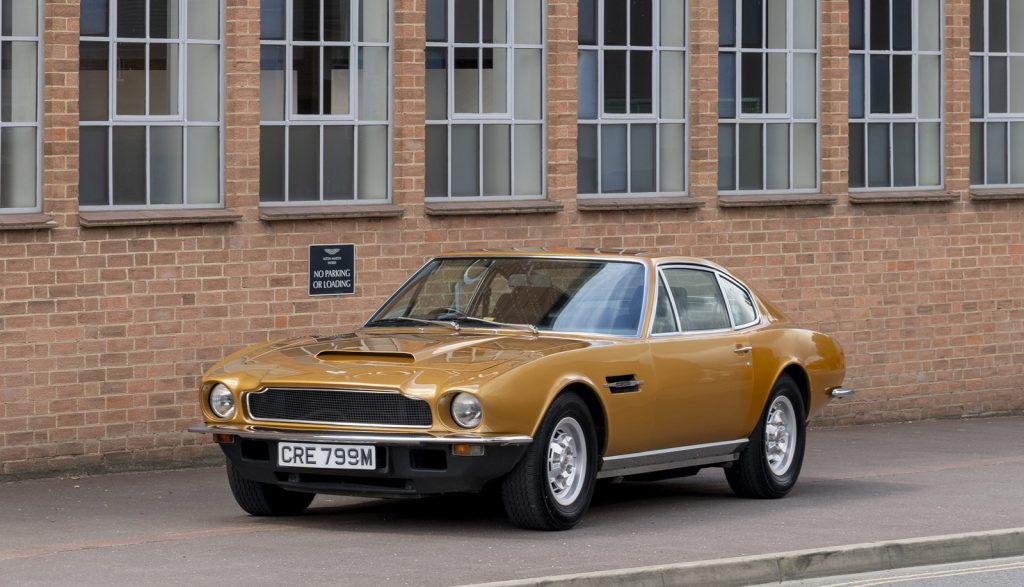
Like the car in ‘Goldfinger’, it has lots of gadgets – including a jet engine booster rocket! There were also retractable outriggers for use on snow and ice, and twin heat-seeking missiles. So iconic was the car’s appearance that, in the most recent film ‘No Time To Die’, Bond (Daniel Craig) was once again seen behind the wheel of his beloved V8.
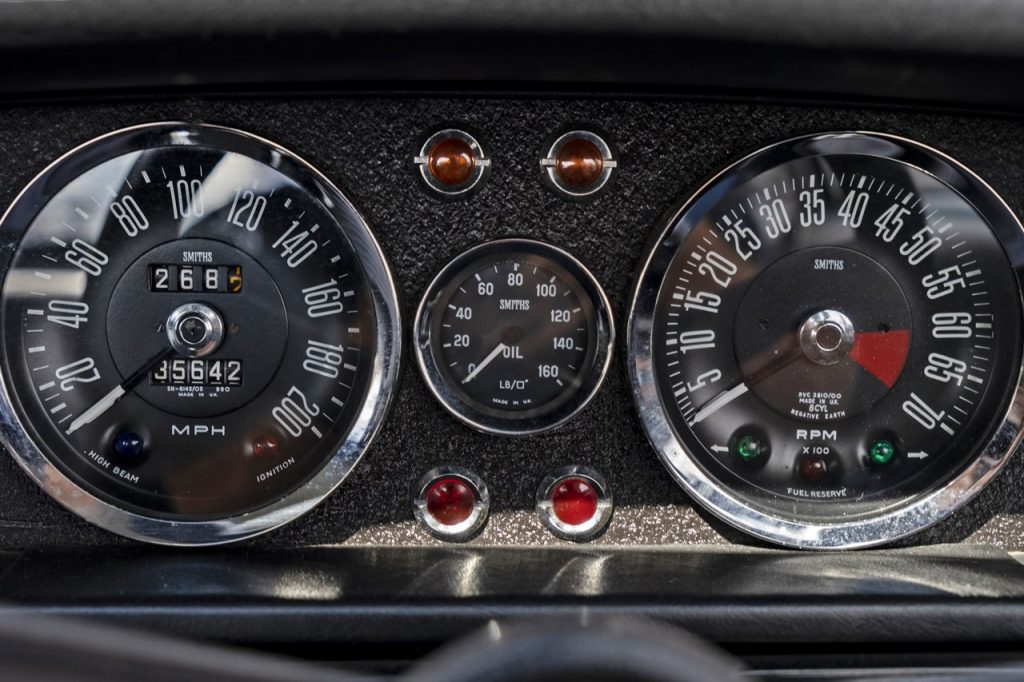
Enduring appeal of the V8
Reflecting on the enduring appeal of the AM V8 in all its many forms over almost 2 decades of production, Aston Martin Works President, Paul Spires, said: “The 1970s were, in many ways, a testing time with social and economic unrest rife. Yet, through it all, we created the AM V8 which, today, is rightly seen as one of the jewels in our illustrious history. That so many of these big, brutish sportscars survive and thrive today is testament not only to their enduring appeal but also to the legion of owners, past and present, who have worked so hard with us to keep the cars running.”
“As all things 1970s seem, once again, to be back in fashion, it’s only right that we mark the 50th anniversary of one of our most desirable heritage models,” he said.
